Objects that have been coated with lacquer for decorative value are known as lacquerware. The word “lac” comes from the Portuguese language and refers to a kind of resin that is exuded by a few different types of creepy crawlies.
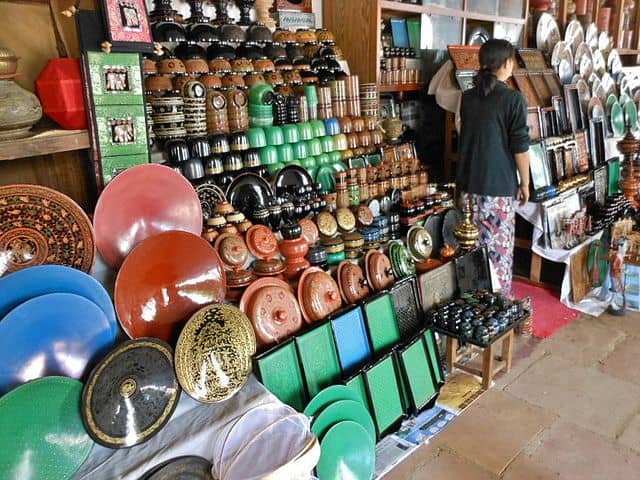
The name “lacquer” was derived from this word. Lacquerware is an object that has been painted with lacquer and may be classified as either a little or a big container, tableware.
A range of other tiny objects that humans can carry, or even larger objects like furniture or even coffins.
Before the surface is lacquered, it is often painted with images, sometimes studded with shells and other substances, and sometimes carved. If you want, you can add more decorations to the lacquer, like sprinkling it with gold or silver.
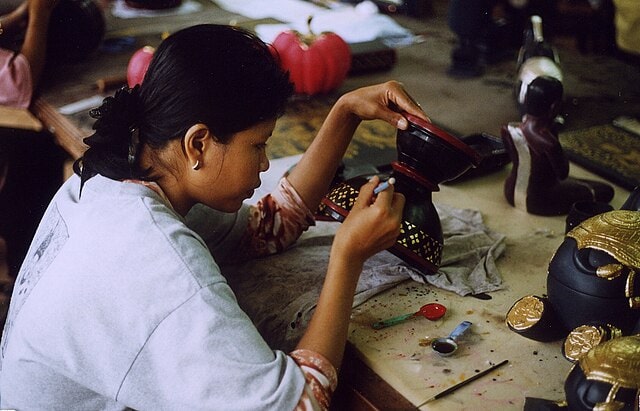
The bug known as “Tachardia Lacca” is responsible for the production of lacquer and antique lacquerware care in India. This substance is obtained from the insect’s excrement. Resin is mostly produced in the Indian states of Bengal and Madhya Pradesh, which are both well-known for this industry. The use of varnishes made from lac and other lac-based crafts has become more important in contemporary India.
History
The Indian state of Karnataka is known for its lacquerware, which is a kind of traditional craft. It is a common form of artistic expression in Chennapatna. The city of Bangalore, which is located in India, is around 65 kilometres away from the location in question. The art of lacquerware involves applying lacquer to wood and then rotating it either by hand or with a machine powered by electricity. During the lacquering process, coloured lac sticks are rubbed against the formed wooden object that will be lacquered to smooth out any imperfections.
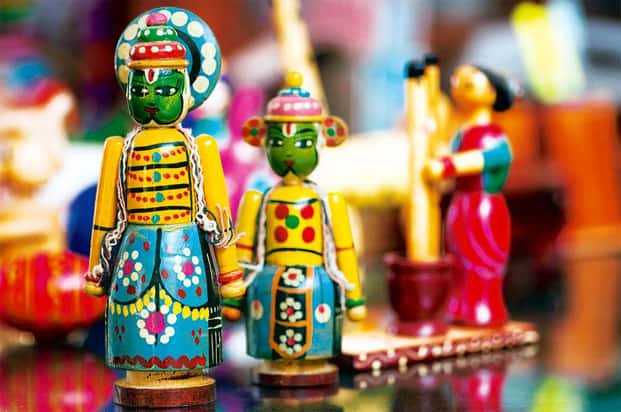
Chennapatna is the centre for the production of a broad variety of lacquerware goods, such as toys for children, cookware, tableware, bangles and jewellery, furniture items, cradles, and a great number of other objects that have some kind of practical purpose. The people who practise this age-old art form are known as chitragars, and the majority of them make their homes in several villages in and around Chennapatna, including Makkan, Yelekeri, and Diara.
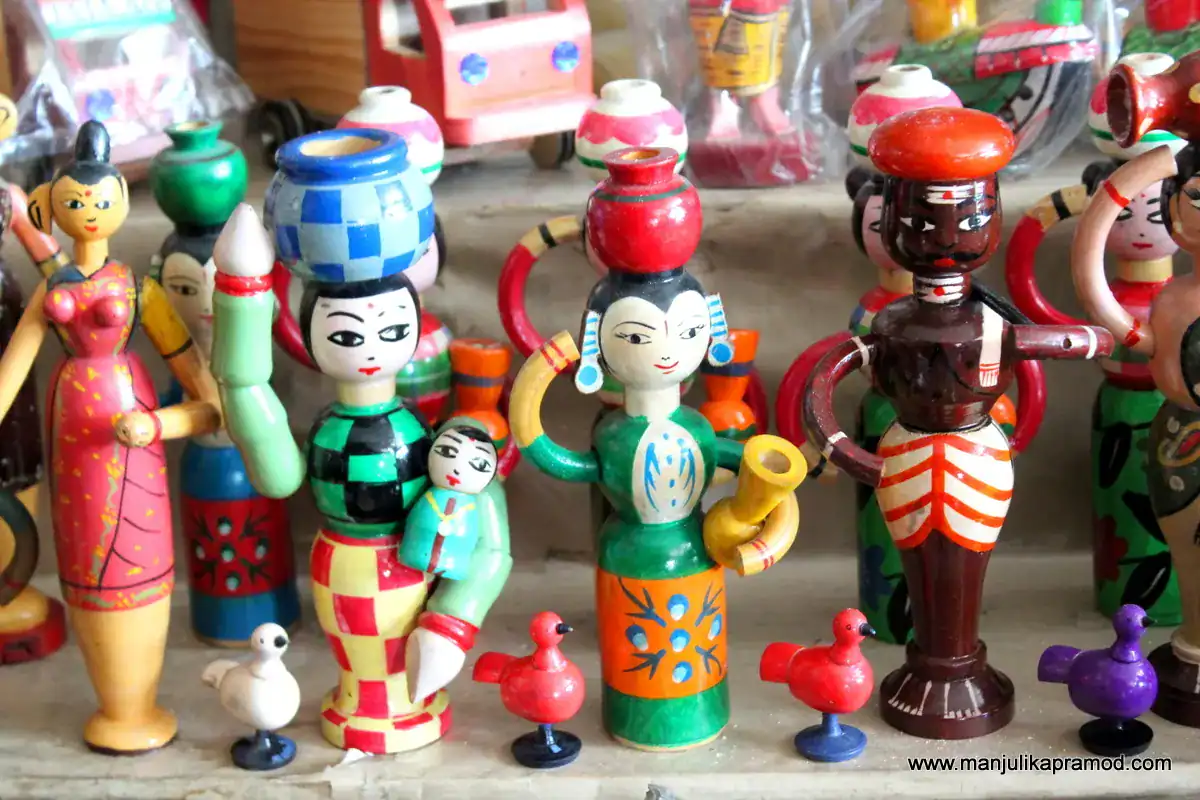
Lac, sometimes known as resin, may be found in abundant supply in daily life and has been used by humans in the creation of art since the beginning of human history.
The artefact of resin dates back to a very early time.
There is a brief part in the Atharva Veda that is dedicated to the explication of the ruby-red insect, as well as its surroundings and the conveniences it enjoys. One of the most important scenes in the Hindu mythical story of the Mahabharata takes place at the infamous Lac fortress. The Kauravas, who wanted to rid themselves of the Pandavas, built the castle and then burned it down. Craftsmanship, including lacquer, is widely practised in several of India’s states.
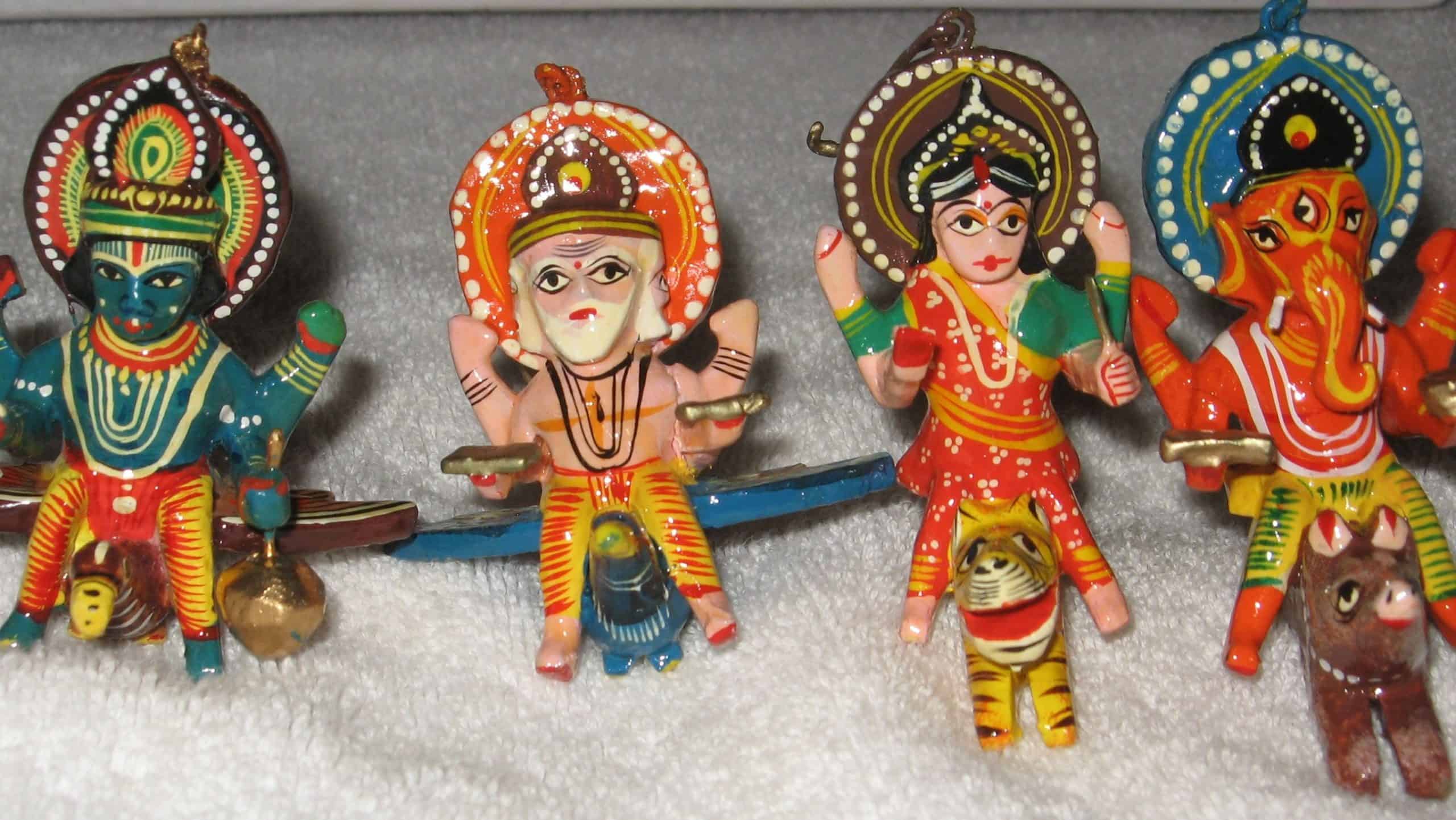
Poems written by Kalidasa during the reign of Vikramaditya describe ladies using a lac-based cosmetic on their lips and feet to give them a tint of colour. Lac bangles are traditional jewellery for Indian women to wear at weddings and other special occasions.
Procedure
Either by hand or with the assistance of a machine, lacquering may be done. The hand machine is used while producing things that are thin and delicate. The usage of dry lac is implemented. The method involves rubbing lac on the piece of produced wood to smooth it out. As the piece of wood continues to spin, the heat generated by the friction begins to dissipate, allowing the lac to facilitate the colouring’s ability to adhere. On the components, products, and toys, various patterns are hand-painted with a brush.
Since these items are manufactured with the assistance of machines, we refer to them as “turned toys.” The availability of lacquered glass containers in a wide variety of forms, sizes, and colours is a problem. Craftsmen have recently made contemporary enhancing items like vases, stools, and other such items.
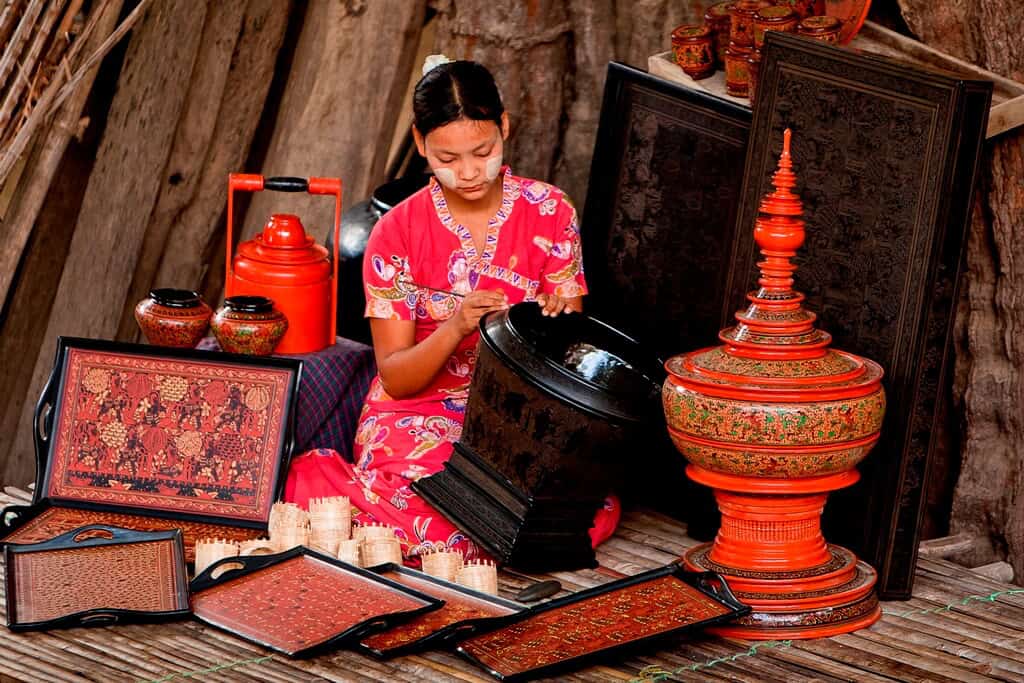
The art of lacquermaking is popular in India because of its flawlessness and radiance; it is a great combination of woodworking and metalworking. Kerala’s lacquerwork and lacquer artists have earned the state international renown. For a long period of time, man has made use of materials that nature has provided, such as stone, wood, and the resin that comes from certain types of trees, to adorn products and give them value in other ways.
Lacquering is done with hale wood because of its highly interlocked grains, somewhat consistent hardness, and exceptional turning qualities. After the wood has been cut to the right size and shape, it is then smoothed with a machine by making it rotate. In the last step, the lacquering of the board is completed by etching it with lac sticks, which liquefy when they come into contact with the spinning wood.
Features
In India, the regions of Ernakulam and Tamil Nadu are well-known for their lacquer art. Myths, folklore, and other performing arts are some of the sources of inspiration for the themes and patterns. Crafts made of lacquer in India that include common motifs like butterflies, peacocks, and utilitarian objects are arguably the most well-known examples of this art form.
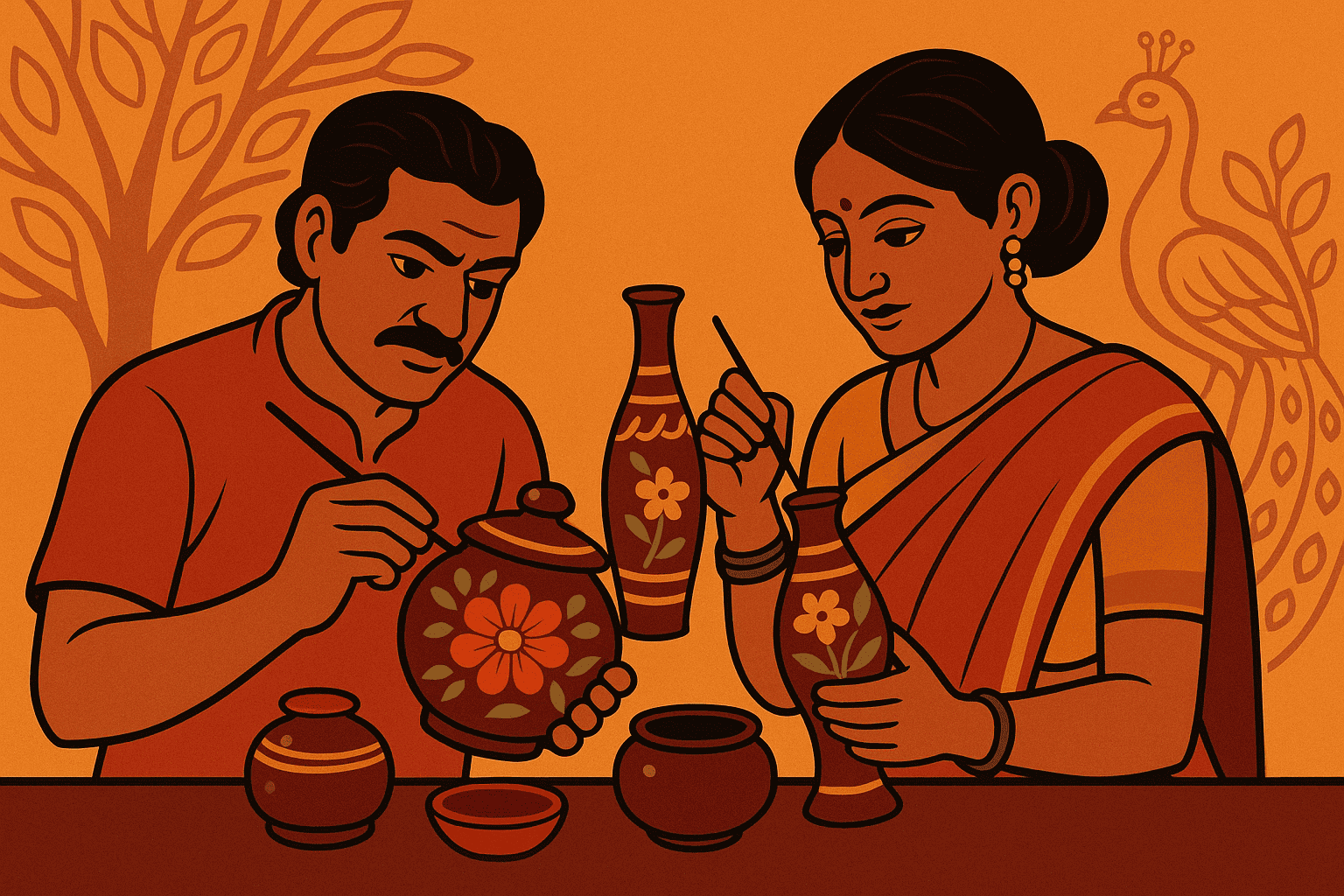
Lacquer craft is the popular name given to the process of decorating anything with lac that has been mixed with a variety of alluring colours. The word “jaukandhei” is used to refer to the majority of the Lac dolls that are created in this region. In truth, lacquer goods include additional ingredients, such as baked clay, which are combined with the lacquer itself. It is connected to Orissa’s culture and crafts in many different parts of the state.
Where to buy: The Laad Bazaar in the Old City of Hyderabad is fairly well-known for its lac bangles and other lac items, which have been drawing art lovers and purchasers for a very long time. Lac bangles are also available in the markets of Jaipur, India.
Read More: Discover Your India



